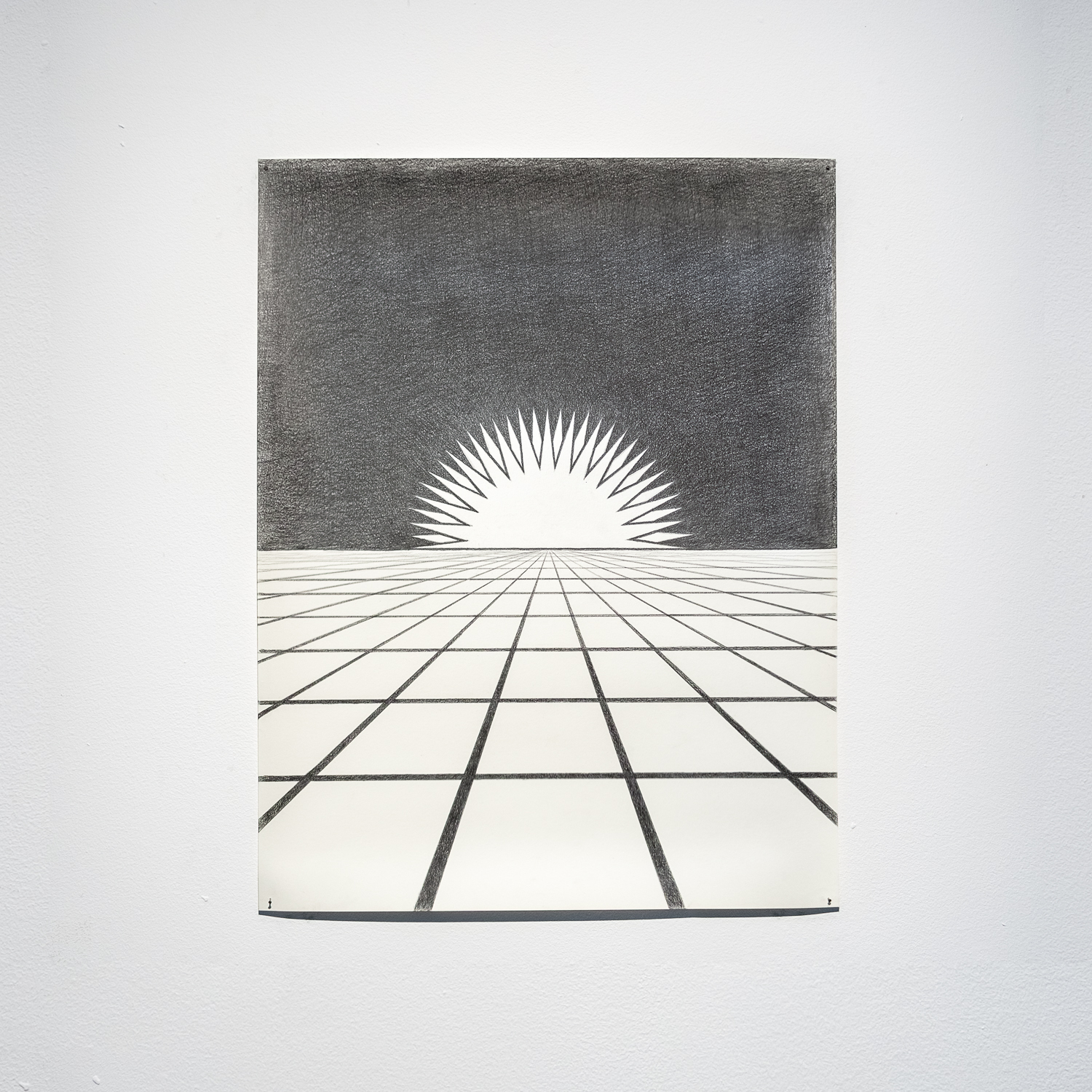
Inspired by the song »This Land Is Your Land,« written and first performed by American folk singer Woody Guthrie, the artist explores different political ideologies regarding property. The project traces the transition to market economy in Bulgaria and the countries of former Eastern Europe thirty years since the start of the political reforms. Looking back on the ruins of the 1990s, it examines the fundamental role of primitive accumulation.
This Land
2019, double-sided light box, 55 x 55 x 10 cm.
Like an empty vessel, the well-known song »This Land is Your Land« can suit the purposes of both ends of the political spectrum. Some have called it an alternative national anthem of the United States—a symbol of American patriotism. Others say it is a Marxist critique of private property. The almost universal adaptability of the song derives from the ambivalent use of the word »land,« which the Right interprets as »state« and the Left as »estate.«
The two seemingly identical texts on both sides of the light box replace the word »land« with its synonyms.
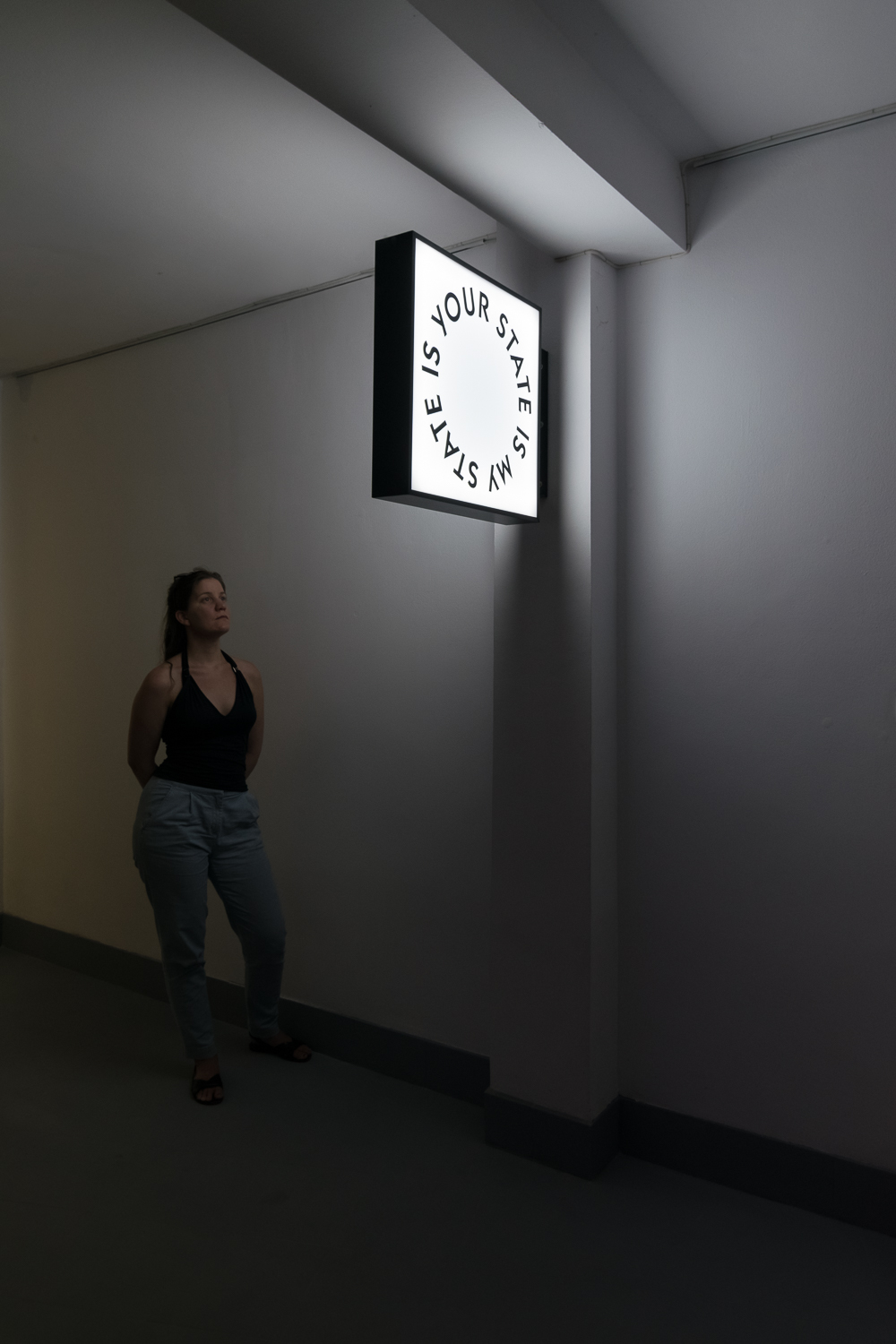

Ruin Is the Destination
Toward Which All Men Rush
2019, single-channel video, 8 min 43 sec.
In the early 1990s Bulgaria saw a proliferation of small shops and kiosks, as patches of pedestrian space were channelled into private hands. Today, many of these structures have been obliterated by subsequent transfers of ownership.
Four mimes bring back to life the invisible shops by reenacting the rituals of market exchange that were once part of the everyday life of the place.
The title »Ruin Is the Destination Toward Which All Men Rush« is a quote from the book »Tragedy of the Commons« by biologist Garrett Hardin, which over the past several decades has been used in defence of neoliberal policies aimed at privatizing state-held assets.
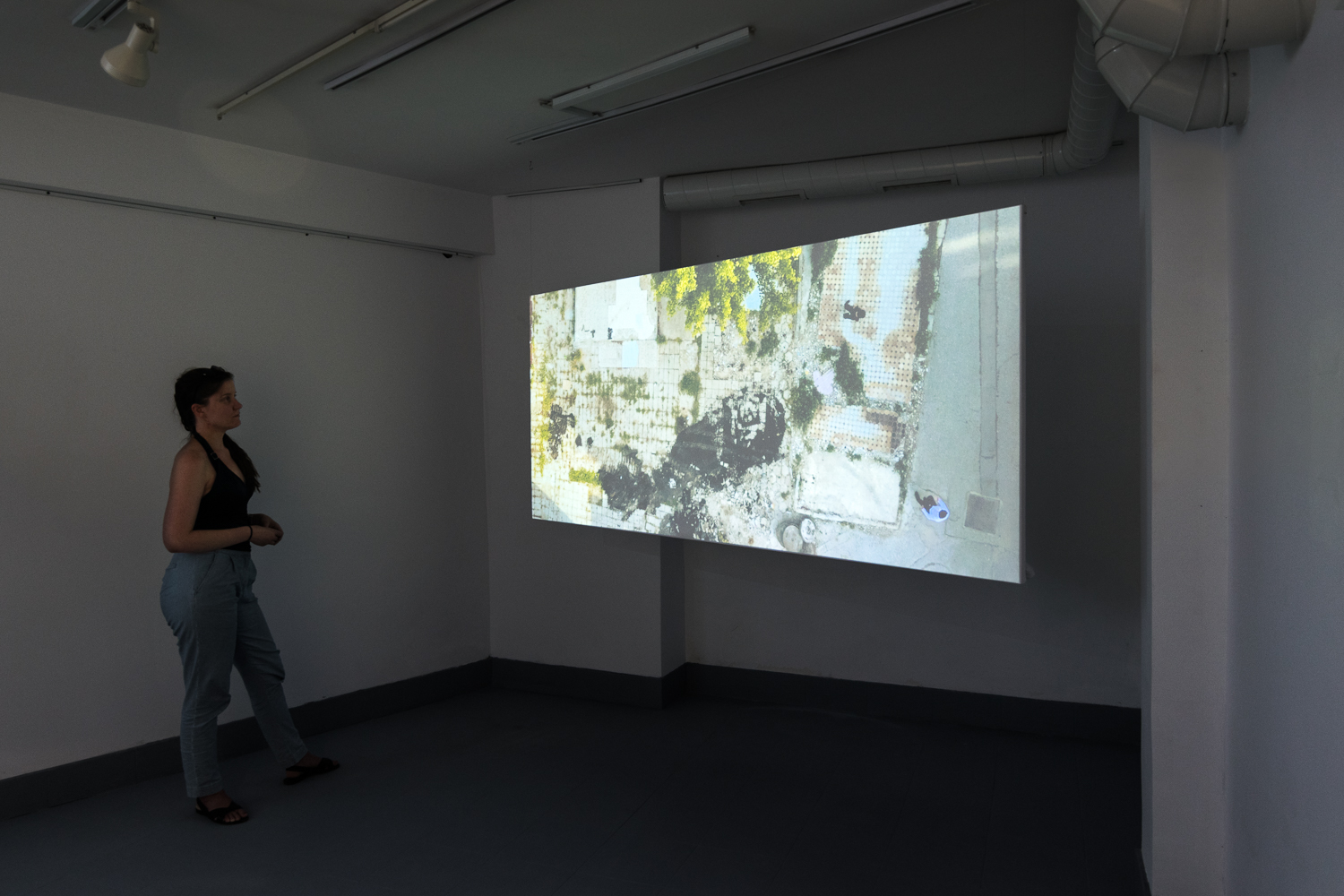
Ruin Is the Destination
Toward Which All Men Rush
2019, original page from 1874 Illustrated London News magazine, 40 x 27 cm; adhesive vinyl, variable dimensions.
Treadmills (or tread wheels) were a widespread form of forced labor in the penal code of early industrial societies such as Britain. An original 19th-century depiction of a treadmill is set against a perspective grid. Typically found in early video games, the geometric pattern represents an oversimplified representation of terrain, simulating movement through space. Similarly, the treadmill requires the user to step upwards, like walking up an endless staircase, yet in reality it deprives them of mobility.
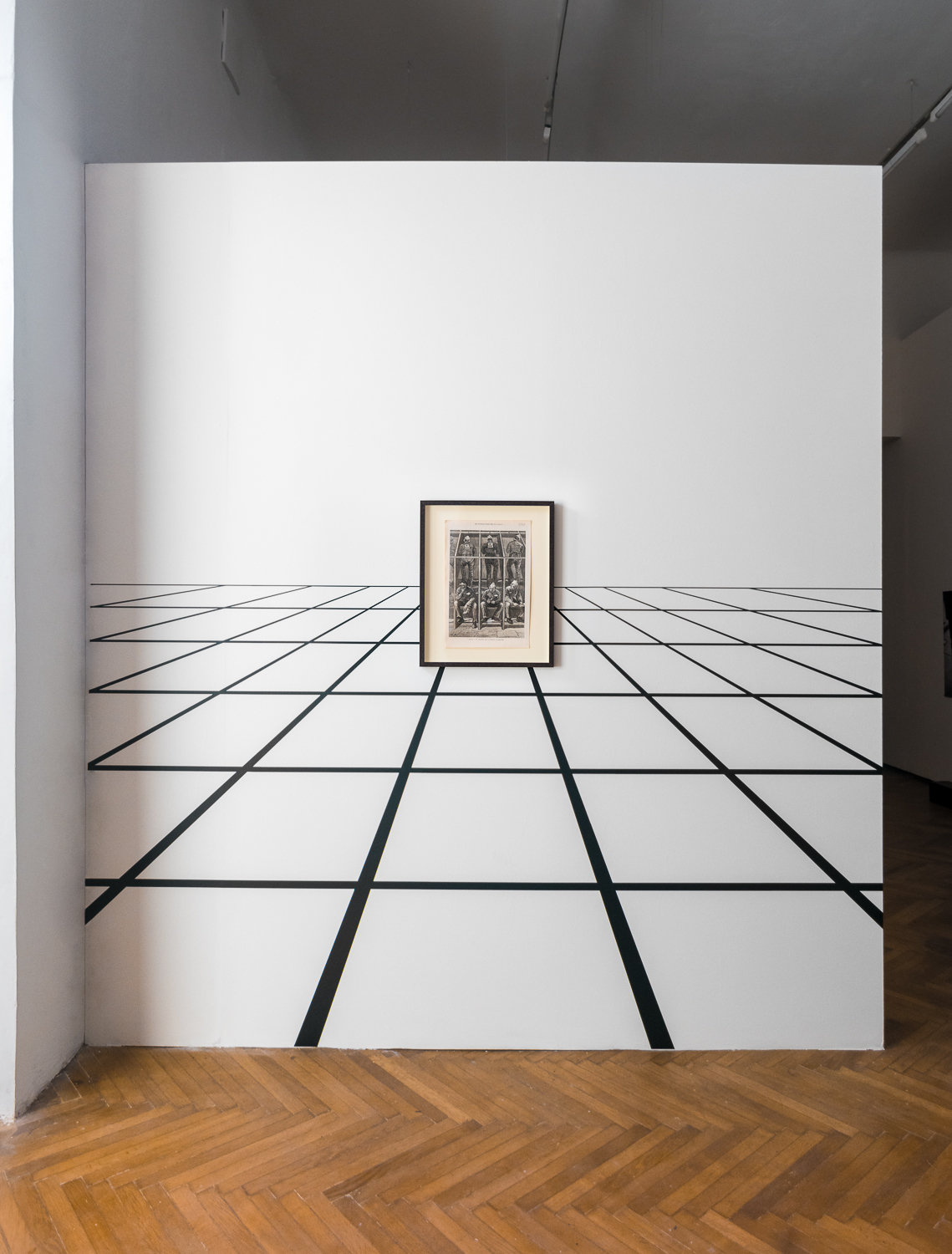
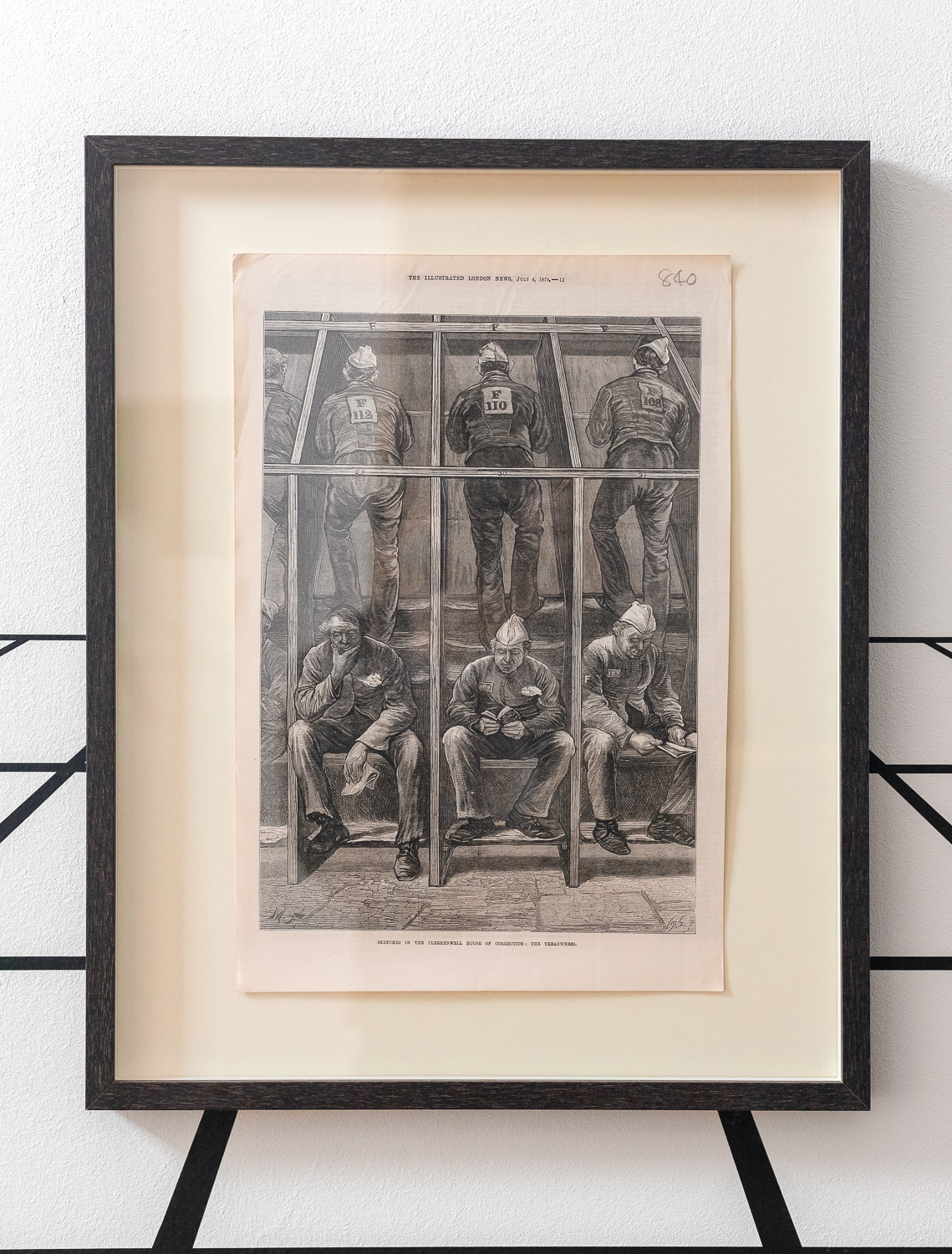
Untitled
2019, pencil on paper, 65 x 50 cm.
The drawing juxtaposes two geometric patterns—a perspective grid and the now largely forgotten logo of the Center for Mass Privatization, established in Bulgaria in the mid-1990s. It is difficult to tell, whether the radial pattern looming above the horizon represents a sunrise or a sunset. The drawing alludes to the artist’s effort to put into perspective this period in recent history.
